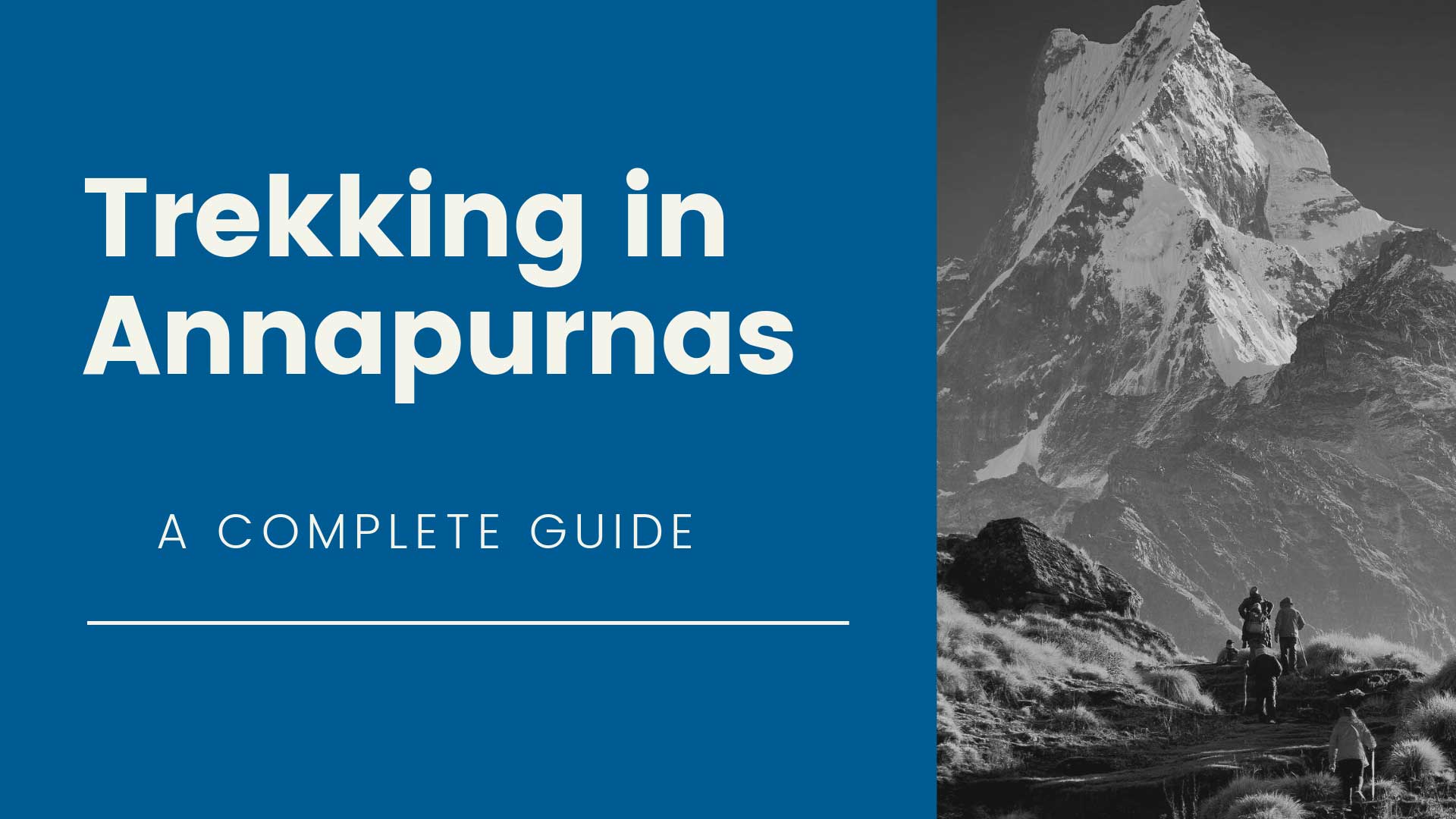
Annapurna has been a fantastic destination for many nature-loving bees from all over the globe ever since decades. Apart from the bewildering views of snow-clad mountain ranges, there are medleys of sceneries, each capable of defining every single character of nature and its beauty.
This region hosts a wide variety of wildlife, including the diverse cultures and traditions of the long-stayed indigenous inhabitants. With its iconic landmarks seen from every by and then of the trail, Annapurna shines ahead in terms of beauty more than any other region, probably in the world, as Sir Edmund Hillary (one of the greatest mountain explorers) designated this region as the best trekking routes in the world.
Different trails have been discovered, excluding the popular trekking routes, which are just incredible in their own way. Annapurna renders all kinds of trekking routes in terms of grades and styles, making it suitable for trekkers of all ages and fitness levels.
Also, the budget ranges from minimal to expensive luxurious ones. This is probably where you should be scratching your head on. Here are some of the popular trekking destinations around the foothills of Annapurna.
[Note: If you can compromise your stay in homestays, we can take you to the hidden villages far beyond the popular trekking routes. For that, feel free to reach us.]
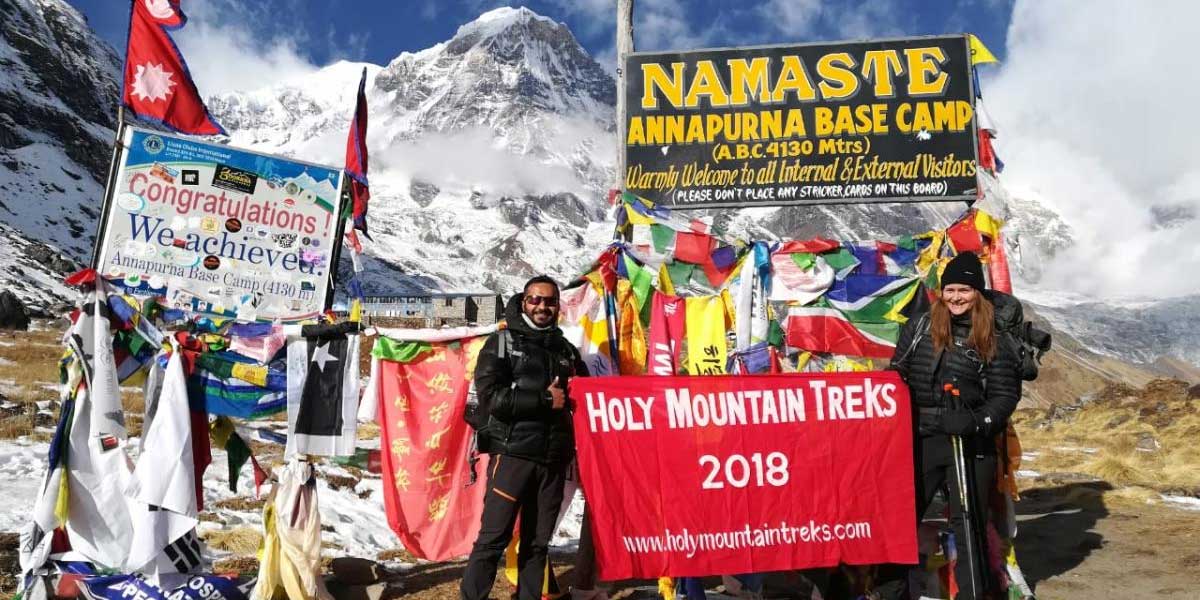
Trip Details |
|
|
Max. Altitude: |
4130 m. asl (above sea level) |
|
Duration of the trek: |
5-7 days (including the day of arrival and departure) |
|
The difficulty of the trek: |
Moderate |
|
The steepness of the trail: |
3/5 |
|
Trail feature: |
Off-beaten trail |
|
Trek Restrictions: |
No |
|
Required Permits: |
ACAP (Annapurna Conservation Area Project) TIMS (Trekkers’ Information Management Systems) |
|
Best Season: |
Winter (Nov-Mar) is the best season despite some roadblocks (occasionally). Summer (May-Sept) is not good because of pacing dry and cold air from Tibet. Spring (Mar – June) is threatened by Avalanche. (Still, you may travel throughout the year) |
|
Starting Point: |
Landruk / Ghandruk / Tadapani |
|
Ending Point: |
Pokhara |
|
Accommodation: |
Lodge |
Highlights:
Lowlights:
Annapurna Base Camp (ABC) Trek takes you to the snowfields, surrounded by brilliant snow-clad ranges. These sceneries accompany you throughout the trail that rises steeply at some points; however, the trekking is fantastic.
It is suitable for all age groups who are fit and self-motivated to climb to the Base Camp. Lush forests end at the narrow rocky ravines that intrude gushing rivers and streams.
As you soar higher, the vegetation gets sparse, and the hotels get less fancy. Despite a few landslides threatening the trail, when you make it to the Base camp, that feeling of being on top is beyond anything on the planet.
Sir Edmund Hillary, a mountain explorer, had admired this trek as one of the bests in the world.
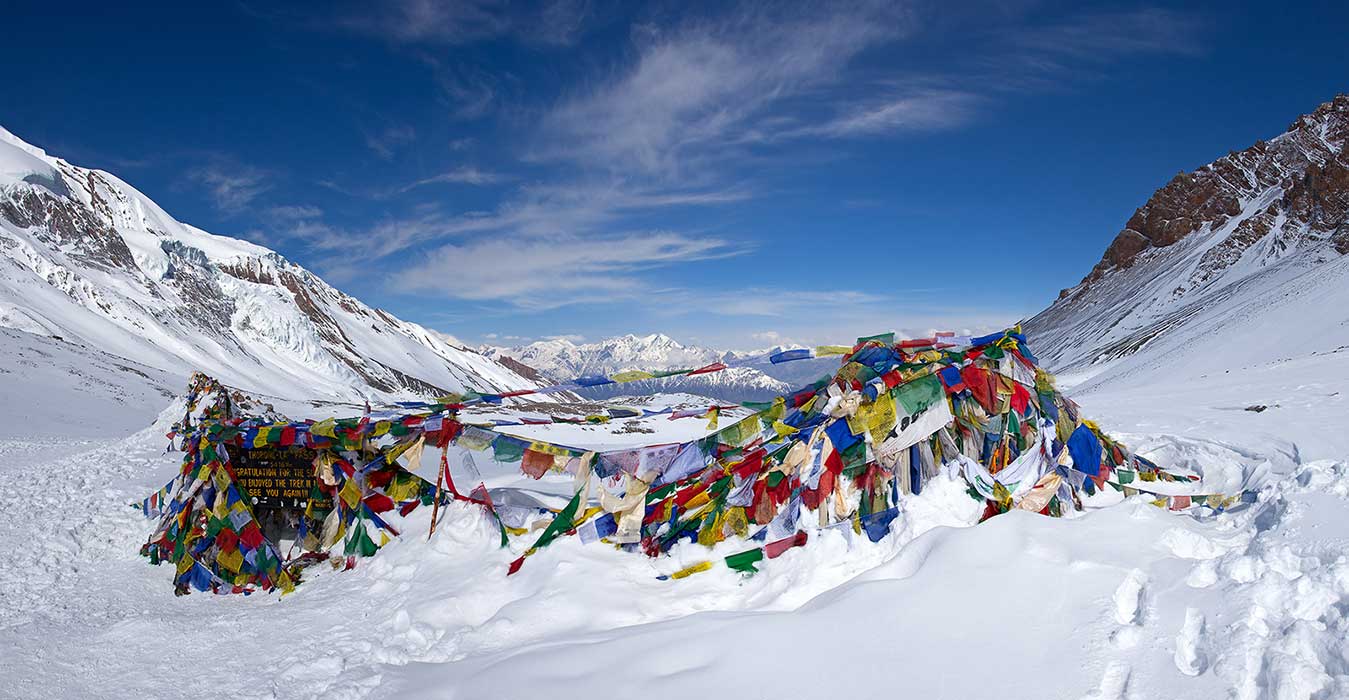
Trip Details |
|
|
Max. Altitude: |
5416 m. asl (above sea level) |
|
Duration of the trek: |
10 – 28 days (including the day of arrival and departure) |
|
The difficulty of the trek: |
Challenging |
|
The steepness of the trail: |
4/5 |
|
Trail feature: |
Beaten and off-the-beaten trail |
|
Trek Restrictions: |
No |
|
Required Permits: |
ACAP (Annapurna Conservation Area Project) TIMS (Trekkers’ Information Management Systems) |
|
Best Season: |
Autumn (after September) when the monsoon ends. Spring (After February) when the rhododendron blooms. |
|
Starting Point: |
Besisahar or Pokhara |
|
Ending Point: |
Jomsom or Pokhara (Depending upon the starting point) |
|
Accommodation: |
Hotels and tea houses |
Highlights:
Lowlights:
Annapurna Circuit trek is a circular trek that takes you around the Annapurna foothills. This is an amazing package that renders an exceptional view of mountain ranges and lush valleys.
Quaint villages adorn the natural landscape, alongside maintaining a vibrant atmosphere. Mt. Annapurna stays at the constant gaze throughout the trail, providing you a 3600 outlook (east-north-west-south faces subsequently) of it at the end of the day.
This is somewhere, you can truly let your soul fly free and high.
Trip Details |
|
|
Max. Altitude: |
3193 m. asl (above sea level) |
|
Duration of the trek: |
5-10 days (including the day of arrival and departure) |
|
The difficulty of the trek: |
Easy to Moderate |
|
The steepness of the trail: |
5/5 |
|
Trail feature: |
Narrow, rocky, and sheer |
|
Trek Restrictions: |
No |
|
Required Permits: |
ACAP (Annapurna Conservation Area Project) TIMS (Trekkers’ Information Management Systems) |
|
Best Season: |
Autumn (September to November) when the monsoon ends. Spring (March to May) is when the rhododendron blooms. |
|
Starting Point: |
Nayapul |
|
Ending Point: |
Deurali and back to Pokhara |
|
Accommodation: |
Teahouse |
Highlights:
Lowlights:
Ghorepani-poonhill trek is a short but rewarding trek for all those bees who want to witness the splendor of the Himalayas in a short period. The trail follows a series of switchbacks, mostly ascend, but the surrounding vistas throughout the trail just blow out your mind.
Poonhill is famous for seeing the sunrise over the snowy pinnacles of Annapurnas, but highland meadows are no less endearing. It is a paradise to witness such an amazing view. This place has been the ultimate destination for photographers from all over the globe.
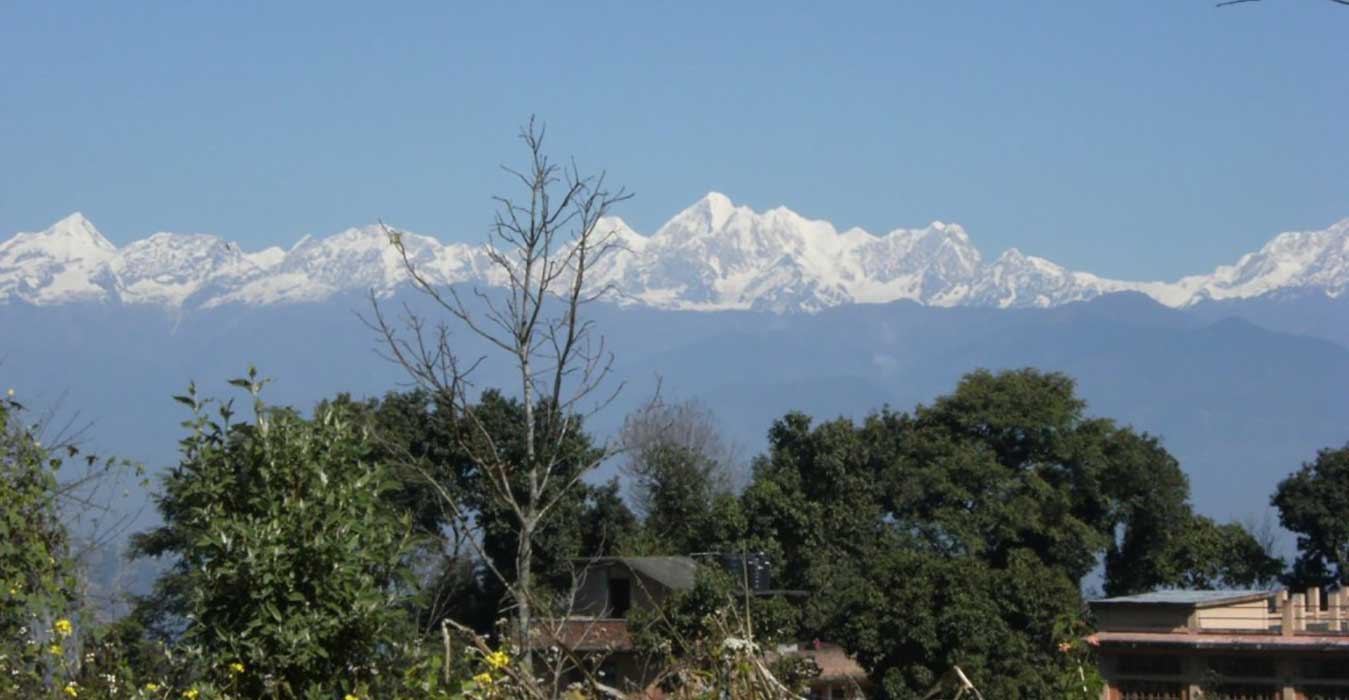
Trip Details |
|
|
Max. Altitude: |
1980 m. asl (above sea level) |
|
Duration of the trek: |
4 – 5 days |
|
The difficulty of the trek: |
Easy |
|
The steepness of the trail: |
2/5 |
|
Trail feature: |
Beaten trail. |
|
Trek Restrictions: |
No |
|
Required Permits: |
No permits are required. |
|
Best Season: |
Any season, however, spring and autumn have their own charm. |
|
Starting Point: |
Pokhara |
|
Ending Point: |
Pokhara |
|
Accommodation: |
Tea House |
Highlights:
Lowlights:
Sikles Trek is in itself an amazing expedition that blends the view of impressive mountains with the classical lifestyle of the locals.
You have a chance to experience the ancient lifestyle and the culture of the Gurungs, whose bravery is admired in every episode of history. The overall journey is relatively short, but the time spent around Sikles is worth everything.
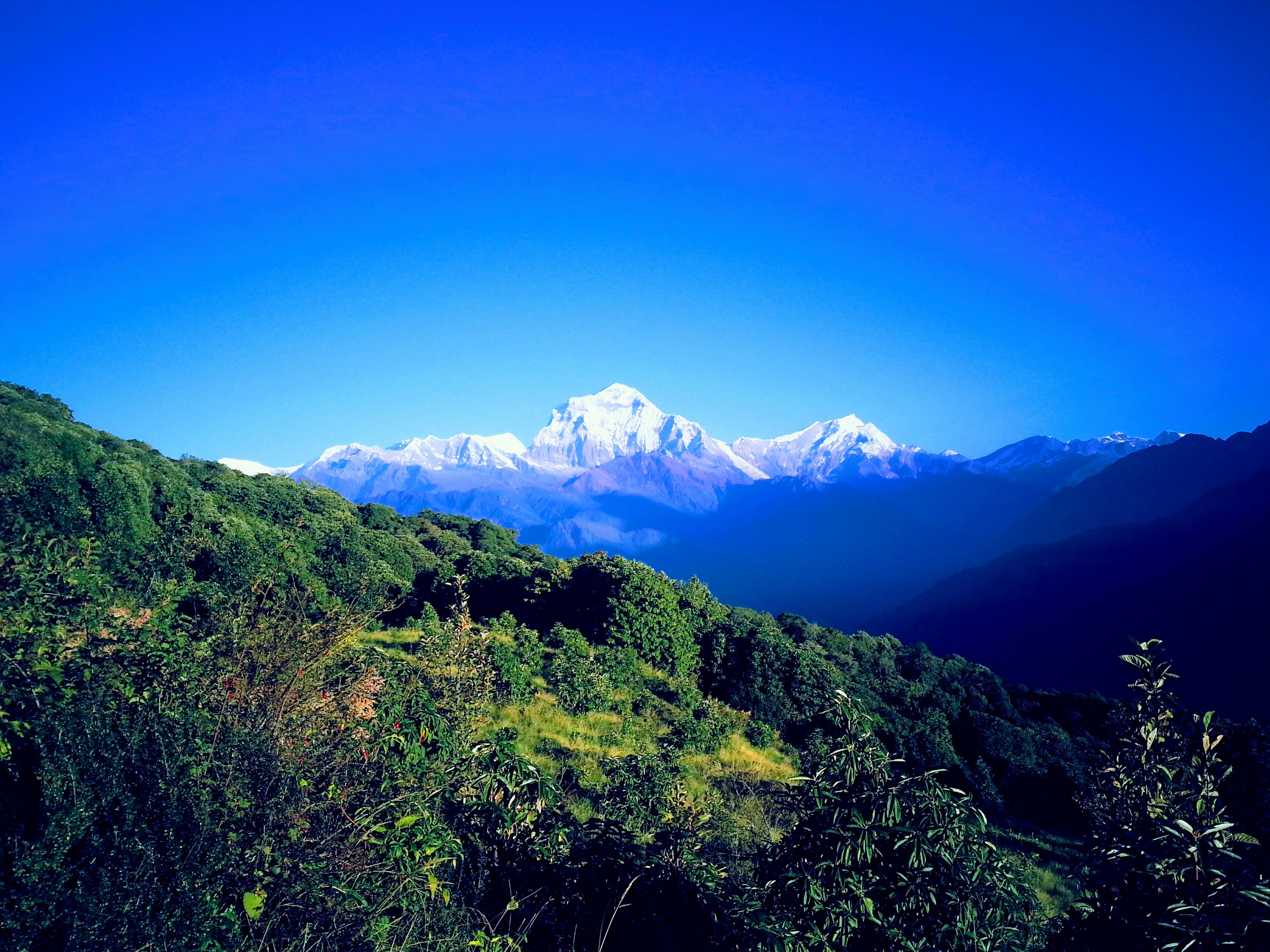
Trip Details |
|
|
Max. Altitude: |
1730 m. asl (above sea level) |
|
Duration of the trek: |
5 – 10 days. |
|
The difficulty of the trek: |
Easy |
|
The steepness of the trail: |
2/5 |
|
Trail feature: |
Off-the-beaten trail |
|
Trek Restrictions: |
No |
|
Required Permits: |
No |
|
Best Season: |
Any season, however, Spring (March to May) and Autumn (September to November) always have something special. |
|
Starting Point: |
Kalikasthan or Pokhara |
|
Ending Point: |
Pokhara |
|
Accommodation: |
Tea House |
Highlights:
Lowlights:
The royal trek is one of the shortest treks in the foothills of Annapurna that captures awe-inspiring surprises after every inch of the trail. Its name comes from the Prince Charles of Wales, who ventured on this journey along with his 90 entourages during the 1980s.
This trail takes you to the quaint Gurung settlements along with the Rhododendron and Oak forests, which are usually colorful during spring. This trek is a good way to start for beginners because it is less demanding and is within relatively low altitudes.
Trip Details |
|
|
Max. Altitude: |
4450 m. asl (above sea level) |
|
Duration of the trek: |
5 – 8 days |
|
The difficulty of the trek: |
Moderate to Challenging |
|
The steepness of the trail: |
4/5 |
|
Trail feature: |
Off-the-Beaten trails. |
|
Trek Restrictions: |
No |
|
Required Permits: |
No |
|
Best Season: |
Autumn (September to November) is best with a warm climate. Spring (March to May) is when the rhododendron blooms. Winter (Nov-Mar) is harsh and cold. Summer (May-Sept) is warm and sunny, but dry and windy. |
|
Starting Point: |
Pokhara to Kande |
|
Ending Point: |
Pokhara |
|
Accommodation: |
Tea House |
Highlights:
Lowlights:
Mardi Himal Trek is a recently opened trek, which can be an ideal choice for those trekkers who have already ventured to other regions of Nepal. The overall trek is very much exhausting, with frequent ups and downs.
The trail is mostly along the ridges, which are extremely narrow and rocky, increasing the risk of falling. So, it is recommended for experienced trekkers who want to try something new and different. So to speak, this trek takes you to the hidden treasure of the Himalayas.
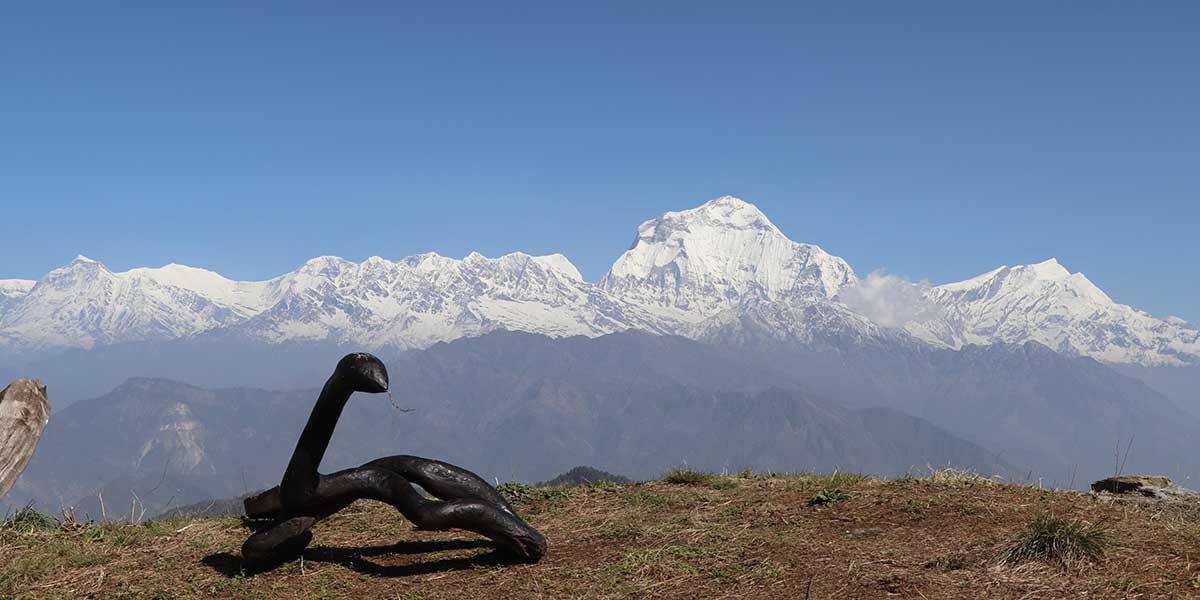
|
Trip Details |
|
|
Max. Altitude: |
3640m (Khopra ridge) / 4660m (Khayer Lake) |
|
Duration of the trek: |
8-18 days |
|
The difficulty of the trek: |
Moderate to Challenging |
|
The steepness of the trail: |
3/5 |
|
Trail feature: |
Slightly off-the-beaten trail. |
|
Trek Restrictions: |
No |
|
Required Permits: |
ACAP (Annapurna Conservation Area Project) TIMS (Trekkers’ Information Management Systems) |
|
Best Season: |
Spring (March to May) and Autumn (September to November) are the best seasons. This is the time when the rhododendron blooms. |
|
Starting Point: |
Pokhara to Nayapul |
|
Ending Point: |
Tatopani |
|
Accommodation: |
Tea House |
Highlights:
Lowlights:
Khopra Danda Trek via Mohare Danda is one of the least explored regions in the Annapurnas with rewarding views of splendid mountains and highland meadows. The best part of this trek is that very few know about this trek; so, you may expect virtually no traffic.
The trails are not very much demanding; so, they may be suitable for families who are seeking space and tranquility. Also, if you are with your partner, then this must be the perfect destination to spend quality time under the shade of the brilliant Himalayas.
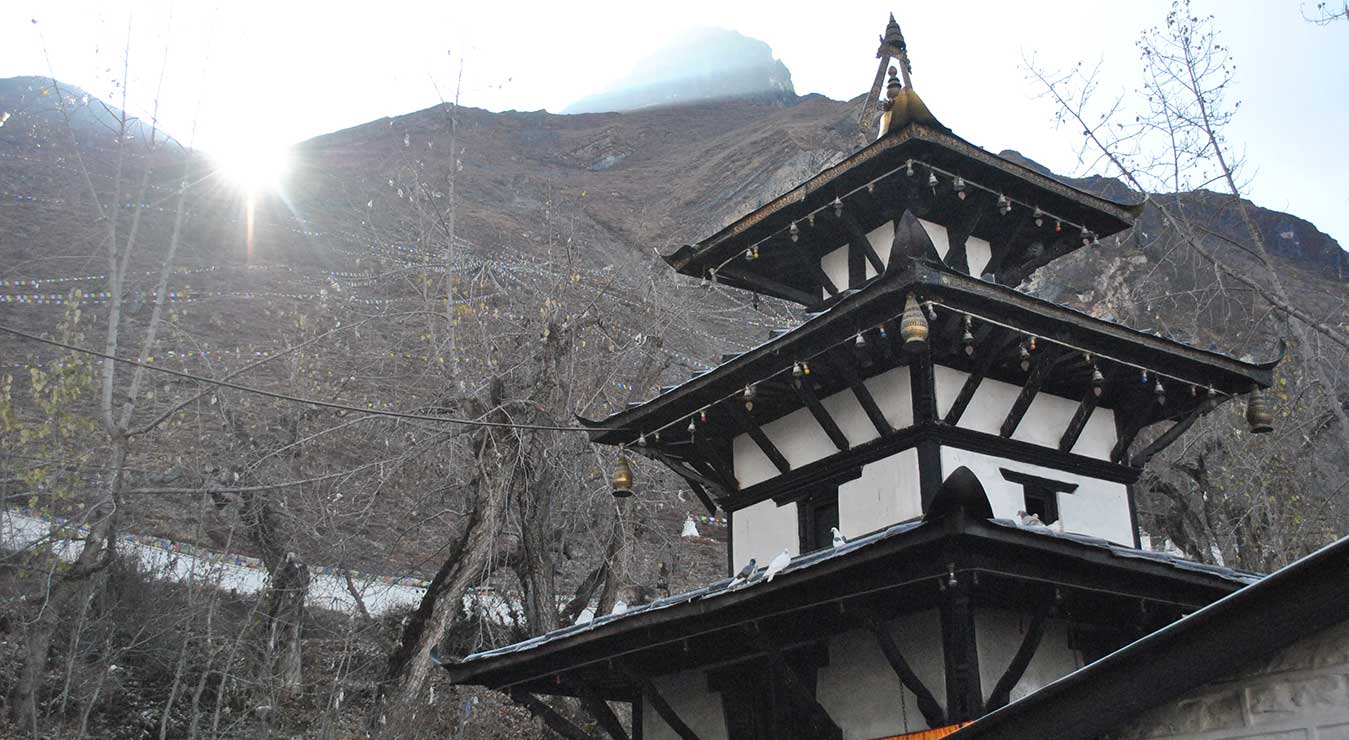
Trip Details |
|
|
Max. Altitude: |
3710 m. asl (above sea level) |
|
Duration of the trek: |
8 - 15 days (including the day of arrival and departure) |
|
The difficulty of the trek: |
Moderate to Challenging |
|
The steepness of the trail: |
2.5/5 |
|
Trail feature: |
Beaten trail |
|
Trek Restrictions: |
No. |
|
Required Permits: |
ACAP (Annapurna Conservation Area Project) TIMS (Trekkers’ Information Management Systems) |
|
Best Season: |
Any season is good for this trek; however, winter is pretty harsh over 3500 m asl. |
|
Starting Point: |
Jomsom |
|
Ending Point: |
Jomsom to Pokhara |
|
Accommodation: |
Hotels, Lodges and Tea Houses |
Highlights:
Lowlights:
Jomsom Muktinath Trek has been one of the top choices of the trekkers, especially from India, who like to enjoy the vivid scenery alongside being blessed by the holiest Muktinath Temple, whose enigmatic existence adds another dimension to its beauty.
Along the trail, snowy giants peek at you. This region is mostly inhabited by Tamangs, while Jomsom is saturated by the Hyolmo people, who are said to have Tibetan origin. This trek is one of the best places to witness the Tibetan Buddhism culture.
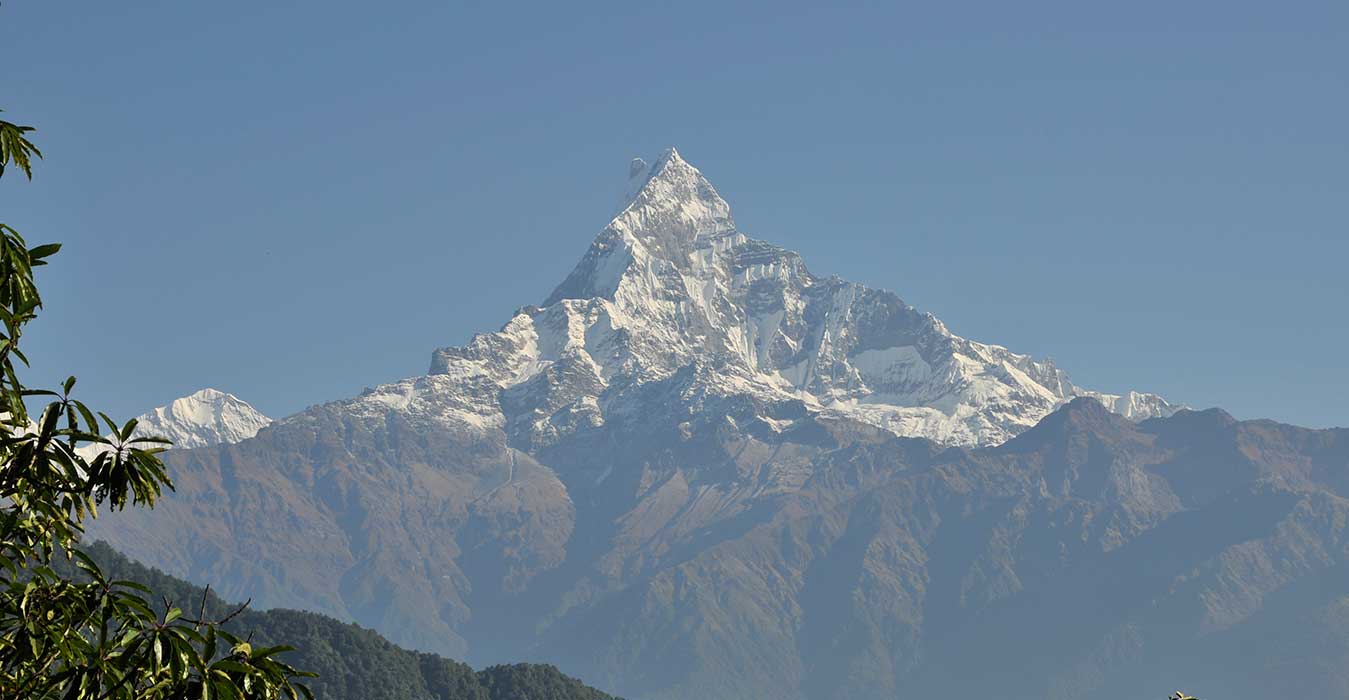
Trip Details |
|
|
Max. Altitude: |
1650 m. asl (above sea level) |
|
Duration of the trek: |
2 – 5 days (including the day of arrival and departure) |
|
The difficulty of the trek: |
Easy to Moderate |
|
The steepness of the trail: |
2/5 |
|
Trail feature: |
Beaten and off-the-beaten trail. |
|
Trek Restrictions: |
No |
|
Required Permits: |
No (but required if you want to go beyond Dhampus). |
|
Best Season: |
Any season is best to attempt this trek. |
|
Starting Point: |
Pokhara or Phedi |
|
Ending Point: |
Pokhara |
|
Accommodation: |
Tea House and Homestay |
Highlights:
Lowlights:
Dhampus village trek, although short, is an amazing expedition you have ever been to in your life. This trek takes you to the traditional villages perched under the cool clouds parallel to the snow-clad ranges.
This region is famous for its sunrise and sunset views. Even though this place is an eye for tourists, the sublime culture and hospitality in this region are still unspoiled. People have still adhered to the traditional beliefs and lifestyles that their ancestors have handed them to continue for ages. This is one of the MUST GO sites.
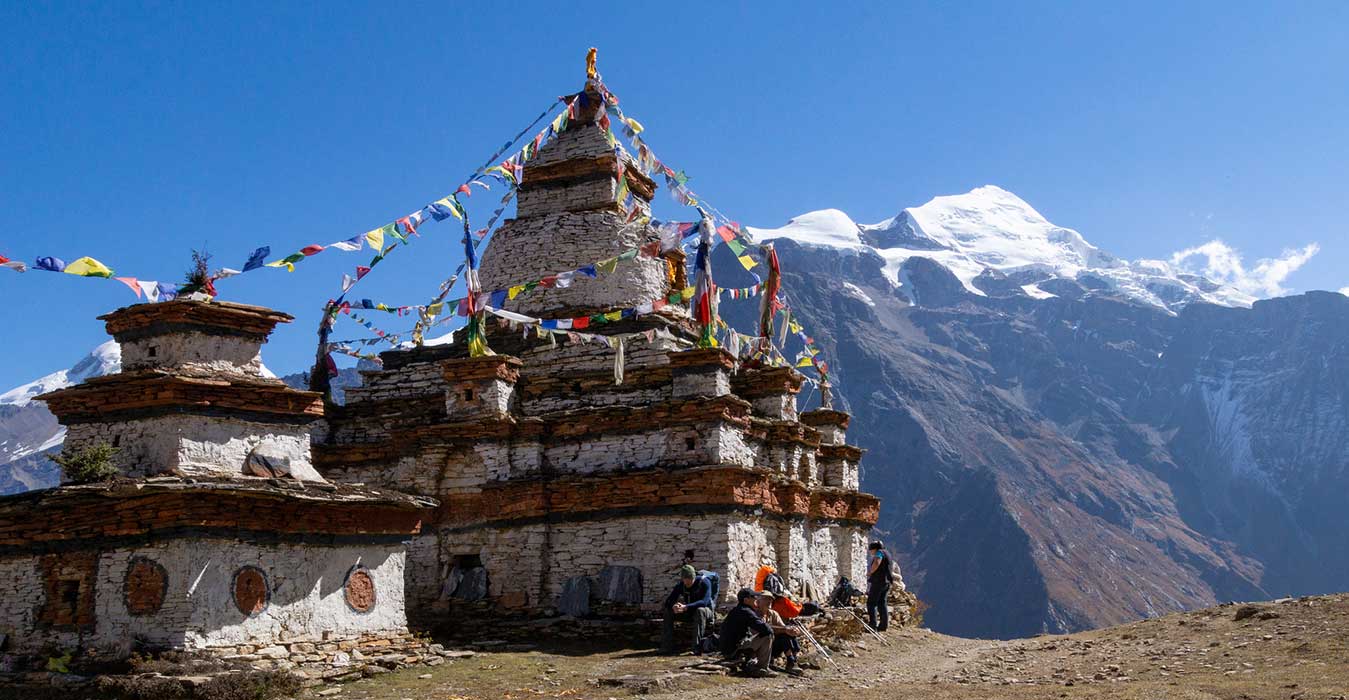
Trip Details |
|
|
Max. Altitude: |
5240 m. asl (above sea level) |
|
Duration of the trek: |
12 – 20 days |
|
The difficulty of the trek: |
Challenging |
|
The steepness of the trail: |
4/5 |
|
Trail feature: |
Off-the-beaten |
|
Trek Restrictions: |
yes |
|
Required Permits: |
ACAP (Annapurna Conservation Area Project) RAP (Restricted Areas Permit) |
|
Best Season: |
Spring (March to May) and Autumn (September to November) are the best seasons. This is the time when the rhododendron blooms. |
|
Starting Point: |
Besisahar |
|
Ending Point: |
Pisang or any other (depending on how long the itinerary is). |
|
Accommodation: |
Guesthouses and Homestay |
Highlights:
Lowlights:
Nar-Phu valley is also nick-named as the hidden valleys, which remained unexplored for ages until 2002 when it was opened for outsiders to visit and relish in the ancient culture.
It is two valleys-Nar and Phu-both of which are scarcely populated but epitomize the beauty of the medieval period. Women stitch their blankets on their own from the wools of Yak and enjoy their culture very much. They are happy to be where they are. This is somewhere you would want to be at least once in your lifetime.
Leave Your Comment